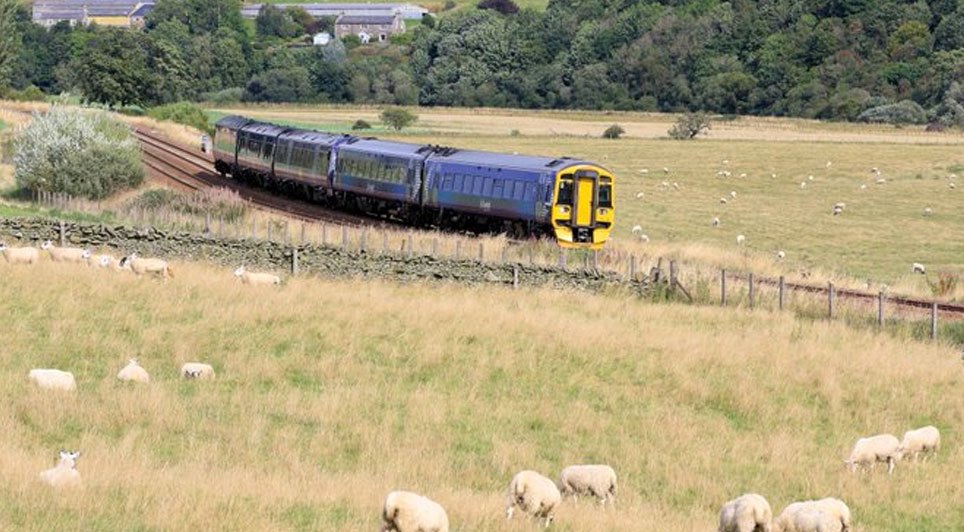The National Federation of Roofing Contractors (NFRC) has expressed its support for the Scottish Government's initiative to develop a Scottish Passivhaus standard. The organisation has actively participated in the first stage of consultation for the standard's development.
While NFRC welcomes the government's commitment to raising energy efficiency standards, it has highlighted the critical need to address the skills gap within the construction industry. Passivhaus standards demand a high level of technical expertise and precision, and ensuring that the workforce is adequately trained and skilled is essential for successful implementation.
NFRC's technical experts, Bob Richardson and Gary Walpole, have shared their insights and recommendations to help shape the development of the Scottish Passivhaus standard. By working closely with industry stakeholders, the government can create a robust and achievable standard that drives sustainable building practices in Scotland.
NFRC's response to the consultation only covered sections which we had helpful technical knowledge to contribute, but we are well on board with tackling the wider issues the consultation seeks to solve. NFRC emphasises the risk of overheating as a particular issue. In 2021, we commissioned Southampton University to undertake a comprehensive research project on how we can best make our roofs future-proof, both by preparing them for the inevitable changes to the climate in this country and by reducing the operative temperature of living rooms to 25 °C and 28 °C and bedrooms to 24 °C and 26 °C. The research considers two thresholds for overheating: 25°C and 28°C for the operative temperature of living rooms and 24°C and 26°C for bedrooms. Overheating is a public health risk, especially for older people, that is only expected to worsen. The Committee for Climate Change estimates that there are about 2,000 heat-related deaths each year throughout the UK. Due to climate change, this is expected to triple to over 7,000 by 2050. Overheating also impacts the productivity of those working from home and everyone's sleep quality, making it a key issue to tackle.
The first consultation question NFRC responded to was:
From your experience of delivering very low energy buildings, what are the most common risks identified at an early design stage and how are they managed most effectively?
NFRC's technical team outlined the following risks:
• Complex design can overcomplicate a development, potentially resulting in thermal bridging and poorer thermal performance in use, as well as higher costs and overheating risks. Applying tested design principles and construction methods to deliver buildings that perform well in real-world conditions would alleviate these risks.
• Warm roofs are the preferred option. In inverted roofs, where insulation is placed on top of the waterproofing layer, the rainwater cooling effect can compromise the designed thermal performance.
• Gaps between insulation panels and between insulation and structure will result in a "thermal bypass". A high degree of coordination will be required at the design stage and transversely with specialist designers.
• Thermal bridge-free construction. The number of penetrations and fixing points must be kept to a minimum. All penetrations should be in place before starting work. Sealing methods should be agreed upon at the design stage. Parapet walls can result in thermal bridging if not designed properly.
• Continuity in the Air and Vapour Control Layer (AVCL) is part of an airtight barrier; all seams and penetrations must be sealed (airtightness tapes are the most common).
• There is a need to consider both manufacturers' insulation and construction tolerances.
• Passive shading solutions, such as enhanced roof overhangs, will prevent solar heat gain when designed to work in line with window positioning.
The next questions NFRC's technical team responded to were:
What is your experience implementing methods to effectively de-risk the very low energy building aspects of design and construction and provide assurance that the compliant solutions are properly considered and delivered as intended?
NFRC's technical team shared the following advice:
• A simplified design which avoids needless complexity helps stakeholders, including specialist system designers and installers, understand how to successfully manage the design and construction requirements associated with Passivhaus standards.
• Continuous professional development (CPD) gives Passivhaus stakeholders the relevant skills, knowledge, experience and behaviours that mitigate risks often associated with low-energy buildings. CPD can take the form of informal courses like toolbox talks to formal qualifications, including adding additional unit(s) to established construction qualifications.
• The installation process requires careful sequencing of works and increased collaboration with other stakeholders at all stages. This helps to maintain airtightness of the building and ensure that Passivhaus principles are integrated throughout the construction phase.
• Correct tooling ensures perfect onsite cutting of insulation boards—NFRC encourages the adoption of a dedicated cutting station. Incorrect tooling, such as handsaws, increases the risk of cold bridging within the designed insulation scheme.
• NFRC also recommends robust Quality Assurance (QA) procedures to verify that construction installation practices align with design specifications. This includes heightened supervision during the installation, including photographic evidence, and regular third-party site inspections, including checks on material quality and workmanship.
NFRC hopes our engagement with the consultation is of use. We will continue to engage with the development of the regulations as the process continues.
Construction News
29/10/2024
NFRC Backs Scottish Government's Push For Passivhaus Standard


15/04/2025
Construction of a £70 million student accommodation development at 292-298 St Vincent Street in Glasgow has reached a significant milestone, with the building now visibly rising from the ground.
Drone footage has captured the progress of the project, which is a partnership between developer Artisa

15/04/2025
Energy regulator Ofgem is expected to confirm today (April 15) its finalised Connections Reform process, designed to expedite grid connections for renewable energy projects that are ready and crucial for achieving the UK's clean power targets for 2030 and beyond.
The new connections system, anticip

15/04/2025
The ambitious transformation of Glasgow’s landmark George Square has moved into a tangible phase with the commencement of the erection of hoardings around the perimeter of the civic space. Starting today, the hoardings will enclose the Square for the duration of its 18-month redevelopment.
The pane

15/04/2025
Members of the public are invited to attend a consultation feedback event to discuss the proposed infrastructure associated with a new underground electricity transmission cable between the Kinardochy and Errochty substations in Perthshire.
The event will take place on Monday, 28 April, from 4 pm t

15/04/2025
Turner & Townsend have been appointed as project managers to develop a business case for the potential extension of the Borders Railway beyond its current terminus at Tweedbank to Hawick and Carlisle.
This key appointment will enable crucial work to progress on the project, including feasibility s

15/04/2025
Arran Community Renewables, a Community Benefit Society based on the Isle of Arran, has secured planning consent for a 6 MW solar farm. The Glenkiln Solar Farm, located approximately 1km west of Lamlash, is projected to generate 5,600MWh of clean renewable energy annually from 2027.
The £5 million

15/04/2025
A new Route Map has been published by the Scottish Land Commission (SLC) to ensure communities across Scotland secure tangible and long-lasting benefits from nature restoration projects and investment in the country's natural environment.
The practical guide is designed for landowners, developers,

15/04/2025
Award-winning principal contractor Procast Group has further expanded its presence across Scotland with the opening of a new base in Dumfries. The Hamilton-based firm has invested £30,000 in a new warehouse and office facility in the Maxwelltown Industrial Estate in Dumfries and Galloway, marking it

14/04/2025
Glasgow City Council's Affordable Housing Supply Programme (AHSP) facilitated the completion of over 1,000 new affordable homes in the city during the past year, despite facing budgetary reductions at the start of the financial year.
The initial grant of £78.687 million from the Scottish Government

14/04/2025
A key phase of Scottish Water's £11.5 million project to upgrade a strategic rising sewer main connecting Renfrew and Glasgow is set to begin, resulting in a significant road closure.
From Monday, 28 April 2025, Ferry Road in Renfrew will be closed to all vehicular traffic for a period of four mont
 Scotland
Scotland UK
UK Ireland
Ireland London
London










